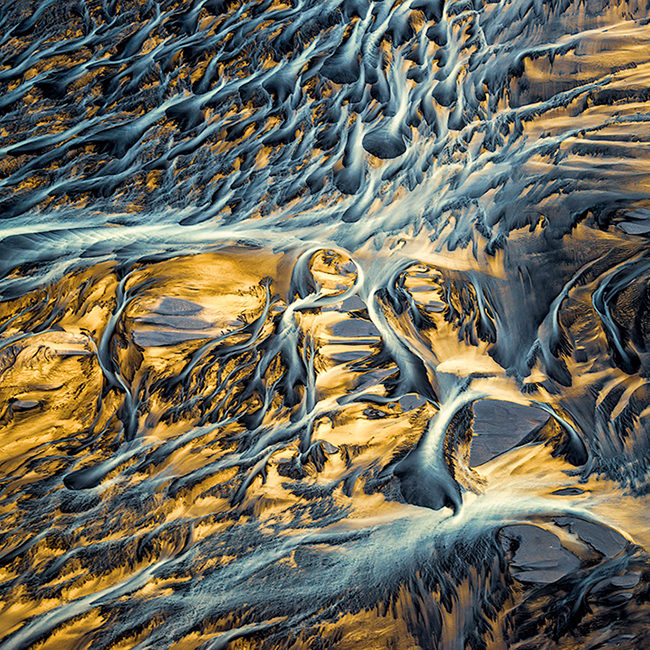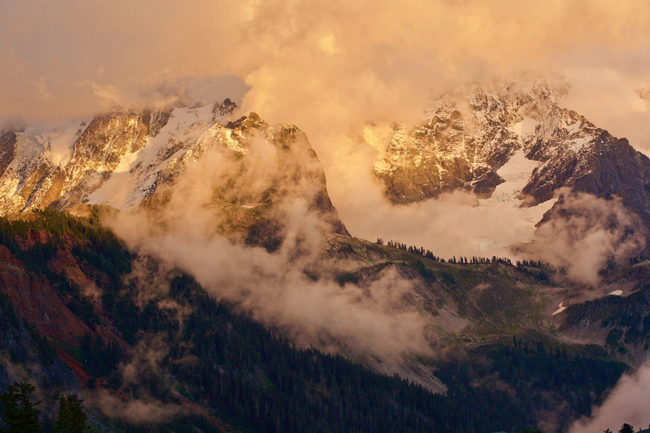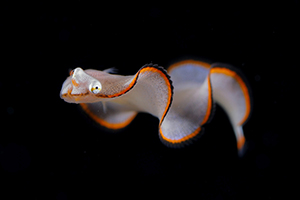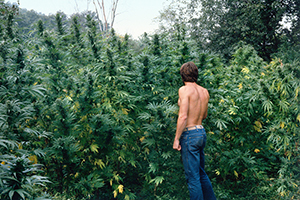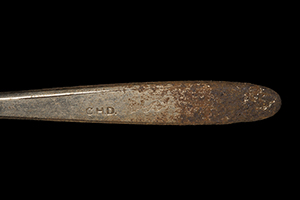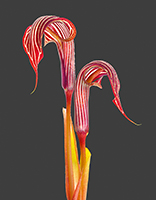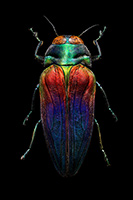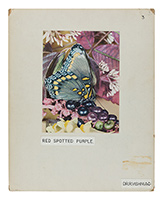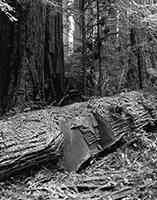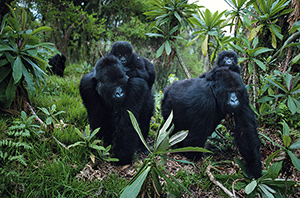Karl Blossfeldt’s close-up botanical studies were a hit when they first appeared in Art Forms in Nature, a book of his photographs published in Berlin in 1928—it quickly sold out, and American, British, French and Swedish editions soon followed. More than 100 years after many of the images were made, they’re still compelling—next month, D.A.P. publishes Karl Blossfeldt: Masterworks, edited by Ann Wilde, Jürgen Wild. The book is a collection of 70 plates showing his spare, architectural studies of horsetails and hydrangea tips, arched leaf nodes on Himalayan balsam and unspooling fronds of maidenhair fern. As Hansjörg Küster writes in the new book’s foreword, Blossfeldt became interested in photography as a teenager in a small German town in the nineteenth century, and constructed his own camera, “both very unusual things at the time, especially in such a provincial setting.” At Art School of the Royal Museum of Arts and Crafts in Berlin, he assisted his teacher Moritz Meurer in creating bronze teaching aides based on botanical forms. Blossfeldt photographed the plants for study, making images that he and Meurer then used for teaching drawings and sculpture. To make the images, Blossfeldt had to decide at what stage in each plant’s development it should be photographed, and light each sample in a way that made its three-dimensional structure clearly visible. He then recorded the specimens using a camera that he built himself, with an extra long bellows for magnifying tiny, fragile subjects. The unusually large prints he made were rare at the time.
Starting in 1899, Blossfeldt taught modeling from plants to art students, using his photographs as aides. Then, as Küster writes, “something occurred that no one could have foreseen…Karl Blossfeldt’s photographs became artworks in their own right, and he himself became interested in botany, reading up on the scientific theories of his day.” Starting in the 1920s, his images were collected and shown on their own in galleries. Among the people they impressed were cultural critic Walter Benjamin, who wrote about them in his Little History of Photography. Blossfeldt, Benjamin writes, “with his astonishing plant photographs reveals the forms of ancient columns in horse willow, a bishop’s crosier in the ostrich fern, totem poles in tenfold enlargements of chestnut and maple shoots, and gothic tracery in the fuller’s thistle.”
Related Stories:
Seeing the Heart of a Rose
Robert Mapplethorpe’s Study of Form
Ysabel LeMay’s “Hypercollage” Composites Depict Worlds of Wonder (for PDN subscribers; login required)
